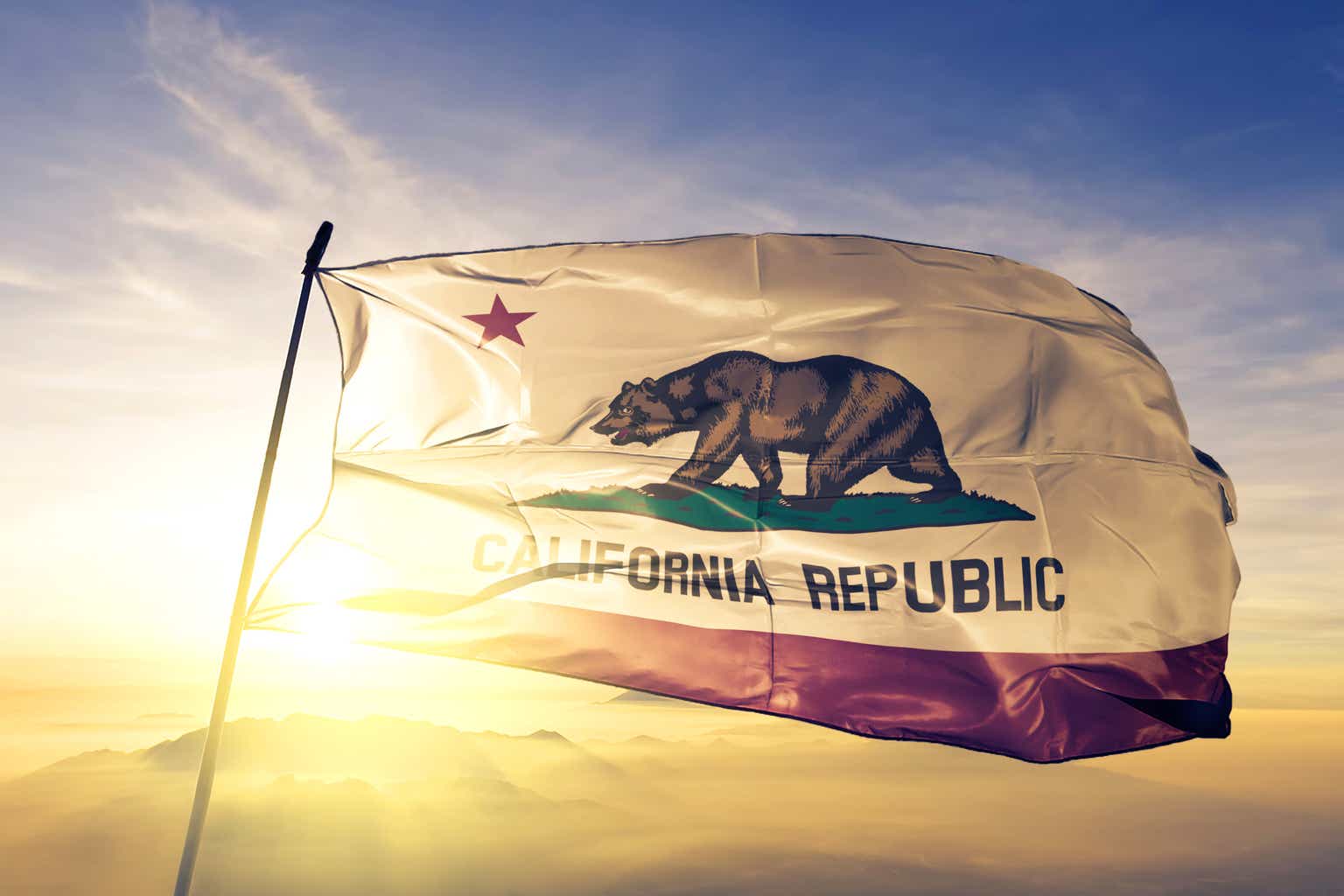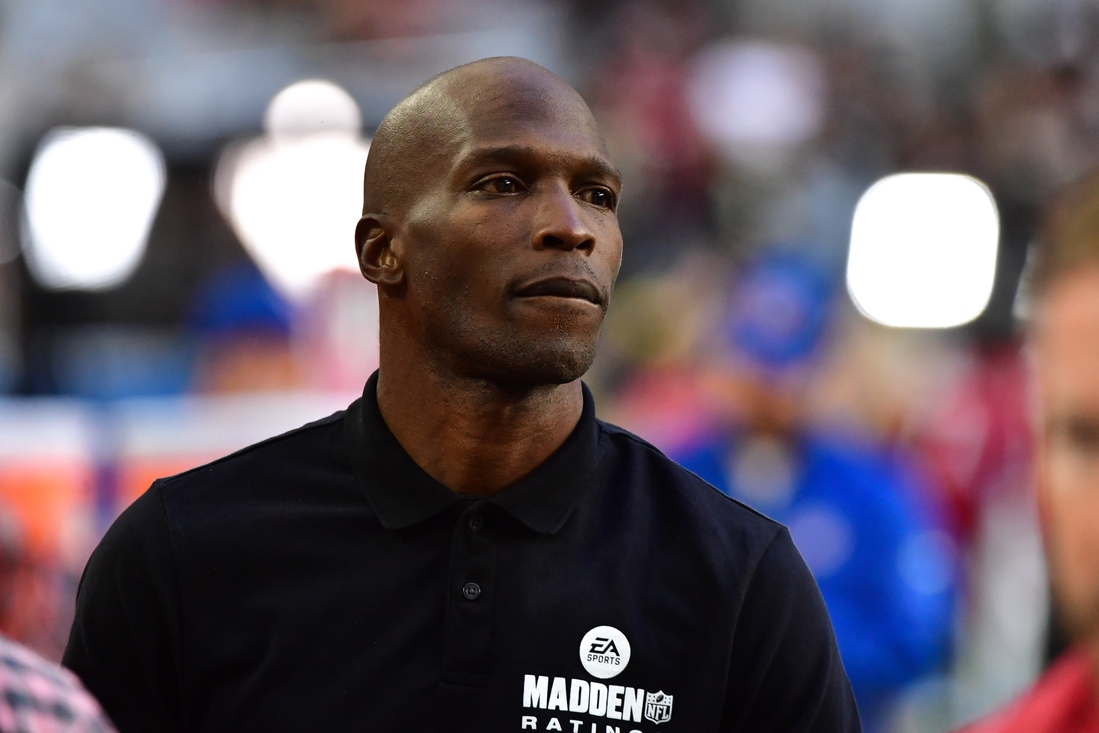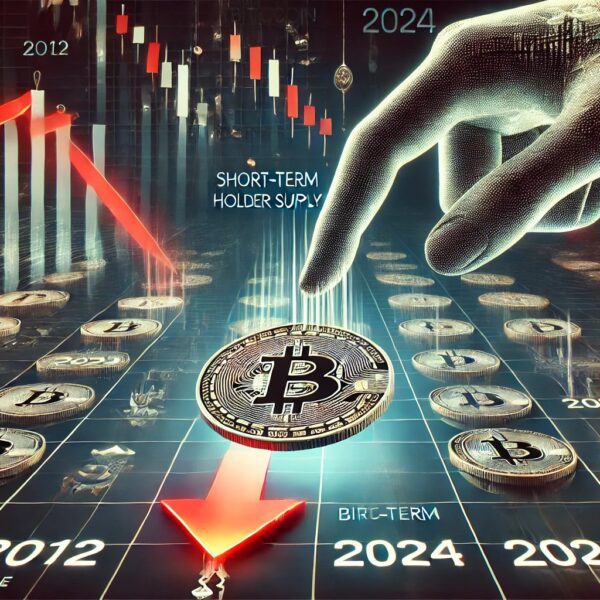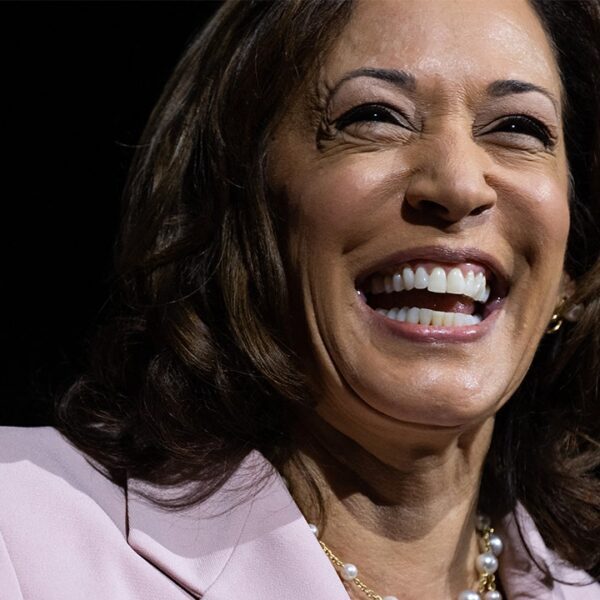Oleksii Liskonih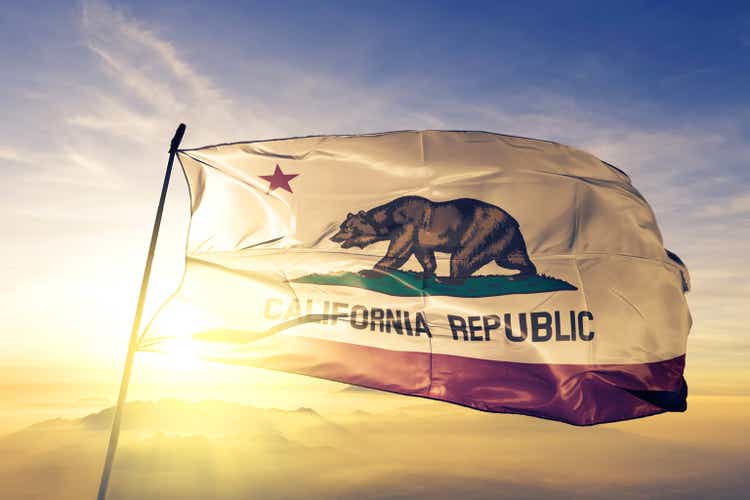
In Springfield [Ohio], they’re eating the dogs, the people that came in, they’re eating the cats. They’re eating the pets of the people that live there. – Donald Trump
Arriving in California
I haven’t had a proper holiday in almost five years. A combination of COVID-19, our move back to Denmark and making the grave ‘mistake’ of buying a 100-year old house which required plenty of restoration just made it impossible. An invitation from our dear friends in California therefore came as a godsend.
Apart from queueing almost two hours in immigration at San Francisco Airport, the highlight of the first evening was the televised debate between Trump and Harris which we watched over dinner. And what a show it was. Harris demonstrated a talent for debating which was largely unknown before then, and Trump demonstrated (again) that he is capable of using only one tactic when debating – personal attacks mixed with plenty of lies and half-truths. In the context of investing, I learned plenty of other things which you may find useful, so I have decided to share those lessons with you today. Let’s start.
Lesson #1
Americans are deeply divided. Families are split down the middle, and the two sides hardly talk to each other anymore. In fact, Americans have rarely been as polarised as they are today. If a man walks down the street with a MAGA cap on, he is despised by people from the other side. Quite simply, Democrats cannot wear red baseball caps anymore. Even red, vanilla baseball caps with no political message are frowned upon.
As you can see in Exhibit 1 below, those sorts of views are similar at both ends of the political spectrum. It is hard to find an American today who is not of the opinion that if the other side wins, it will result in lasting damage to the country and to democracy.
Just before we left for California, Dick Cheney, former US Vice-President and a staunch Republican, confirmed he will vote for Kamala Harris in November’s presidential election. “He [Trump] tried to steal the last election using lies and violence to keep himself in power after the voters had rejected him”, said Cheney. “He can never be trusted with power again”. Those are strong words from a man who has voted R his entire life, served under George W. Bush and still seen as an influential figure in the Republican Party. What is at stake here, according to Dick Cheney, is democracy itself.
Exhibit 1: The impact on the country, should the other side win (Source: Pew Research Center)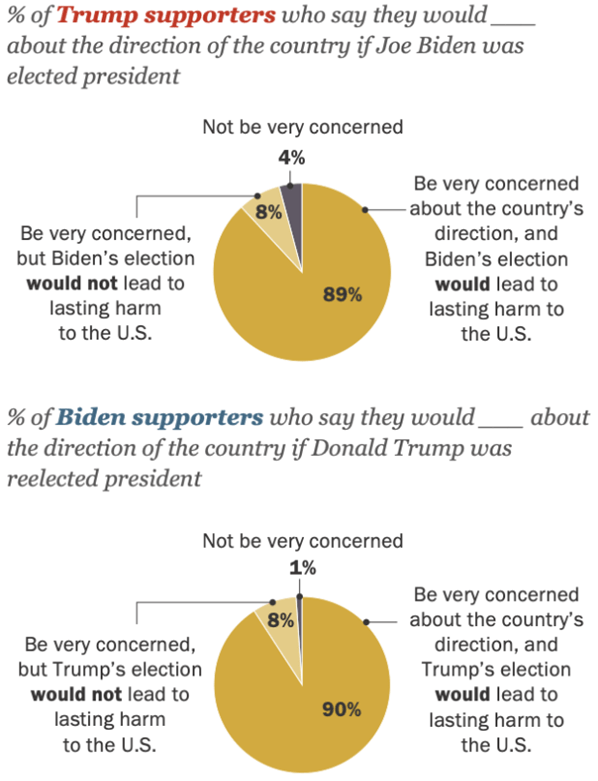

Lesson #2
More recently, I have been of the opinion that, worst case, the Union may break up. Such is the current level of polarisation. However, an informed person told me that secession is not possible under the US Constitution. As per the existing constitutional framework, unilateral secession is impossible. The right to secede does not exist – the power to do so is quite simply not in place. The Civil War resolved that question. You can read more about it here.
In other words, for secession to take place, the constitution must be altered, and that is nearly impossible, such are the hurdles to overcome. There is a reason the last change to the US Constitution took place in the late 1780s.
Lesson #3
After taking over from Joe Biden, Kamala Harris has managed, in a few, short weeks, to pull back from the brink and now looks the favourite to win the popular vote, but that does not imply that she is likely to win the keys to the White House. As I am sure you know, the US electoral system is different from the system used in most European countries, and the final result will depend on the outcome in a good handful of so-called swing states. If we exclude those states, she is modestly ahead; however, to win, 270 Electoral College votes shall be required, and she is not even close to that number yet (Exhibit 2).
Exhibit 2: Trump or Harris? (Source: Financial Times)

Let’s assume a poll margin of 2% or less makes the state in question too close to call. It is then classified a swing state (collectively referred to as tossup states in Exhibits 2 and 3). As you can see in Exhibit 3 below, there are currently seven of those states, where it is impossible to predict the outcome. If you combine the outcome in Exhibits 2 and 3, it becomes clear that while Harris holds a modest lead at present, things can change from one minute to the next.
Exhibit 3: The current scorecard in the seven key swing states (Source: Financial Times)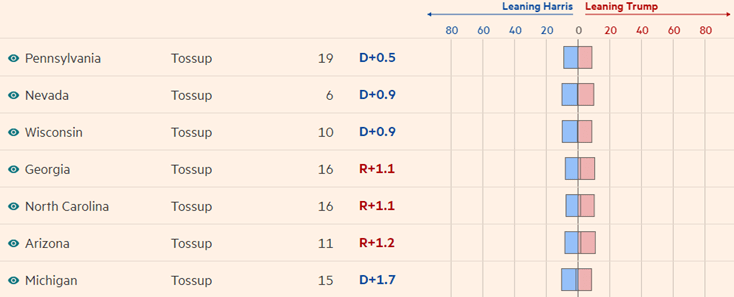

Lesson #4
As you can see in Exhibit 4 below, in the last few months before election day, the tone in US equity markets tend to be dictated by the performance of the incumbent, and strong equity markets are indicative of a win by the incumbent. Now, this particular election is special in the sense that we don’t have an incumbent. He has decided to retire! The information in Exhibit 4 is therefore of limited value.
Exhibit 4: S&P 500 performance around US presidential elections (%). Note: Data since 1928 (Source: A story in charts: US elections)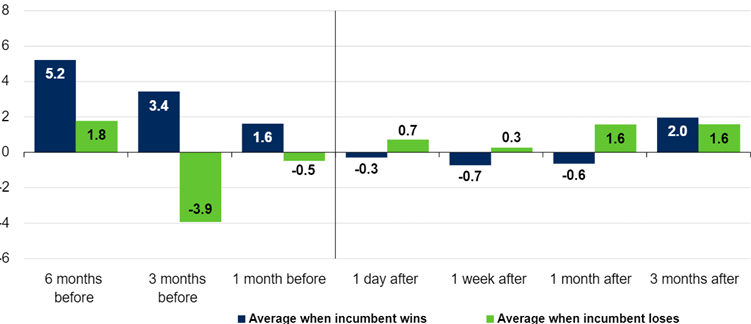

What is of more value is the observation that US equities typically perform well the first few months following the election, regardless of who wins. In Europe, we are used to a negative reaction from financial markets when/if the left come out on top, and the fact that US financial markets tend to react differently suggests to me that most Americans don’t believe the gobbledygook coming out of Trump’s mouth.
Even if he is fond of calling her Comrade Kamala, and all Democrats are Marxists (in his eyes), to many Americans, R and D are still two versions of conservatism. And to those Americans who disagree, I suggest you come and watch European politics for a few weeks, and you will realise what nonsense Trump is on to.
Final few words
The summer has admittedly been a challenge for us, performance-wise, with both June and July suffering from a fading Joe Biden. As Donald Trump’s lead in the polls expanded, so did investors’ appetite for so-called Trump trades, which resulted in the green agenda being pushed to the backburner. We are quite big on the green transition exposure-wise, so our June and July returns suffered as a result.
Then came the turmoil in early August where, for a few days, it looked like the bull market was well and truly over. Consequently, at about the time Kamala Harris entered the race for the White House, our performance numbers did not look good.
Harris’ rapid rise in the polls changed everything, though, Suddenly, investors were happy to own green stocks again, and nuclear came back into favour. Having said that, my two weeks in California reminded me that, in the US, national polls are pretty useless. Whether D wins California by 65/35 or 75/25 is utterly meaningless. The number of Electoral College votes remain the same.
In the US, it is all about those few swing states, and the playing field remains wide-open there. Whether you vote for R or D, what looks good today may look pretty awful tomorrow. Therefore, the key lesson is a simple one – be prepared to pull the trigger if needed. Things can change in minutes.
Niels Clemen Jensens
Editor’s Note: The summary bullets for this article were chosen by Seeking Alpha editors.

